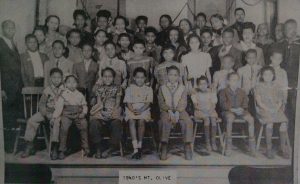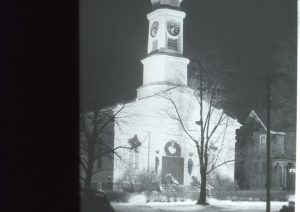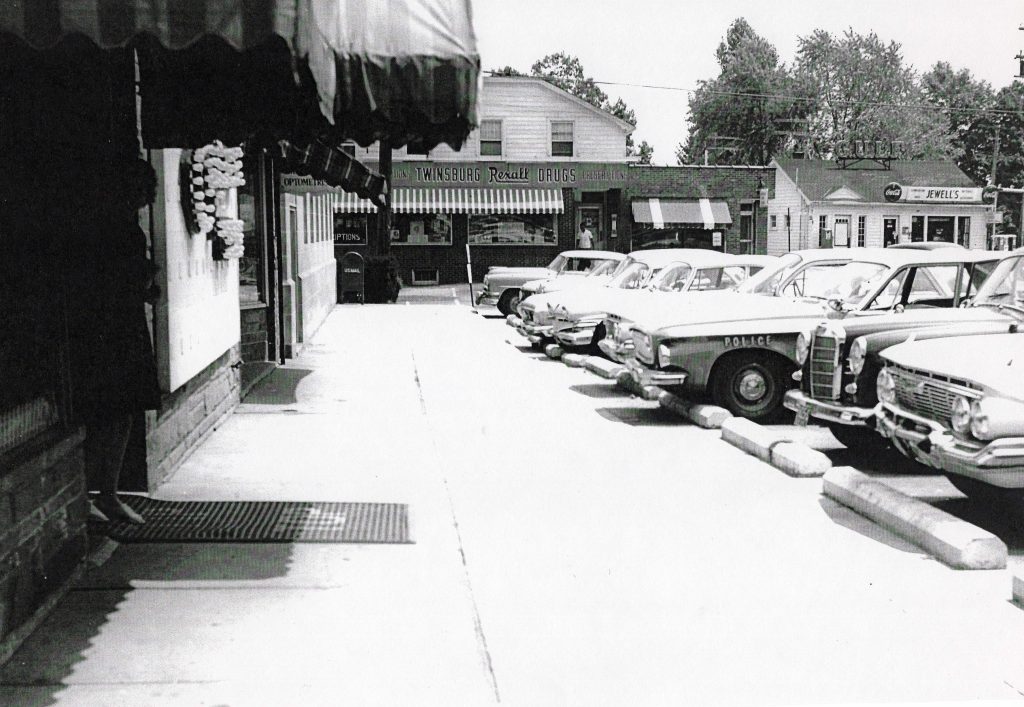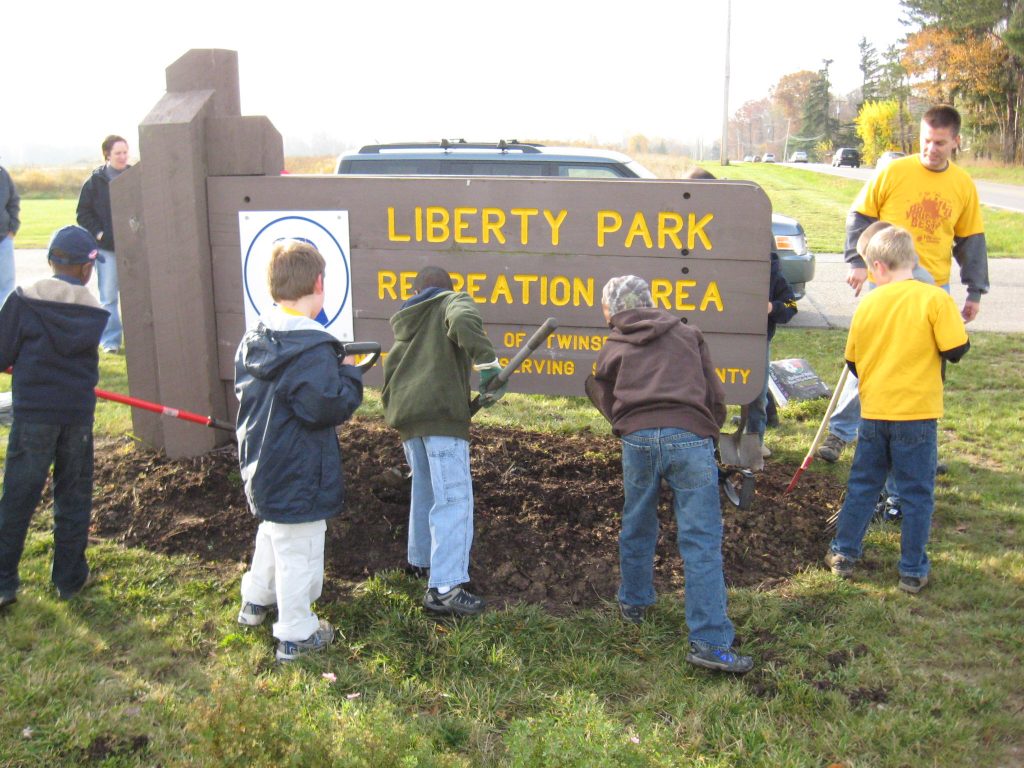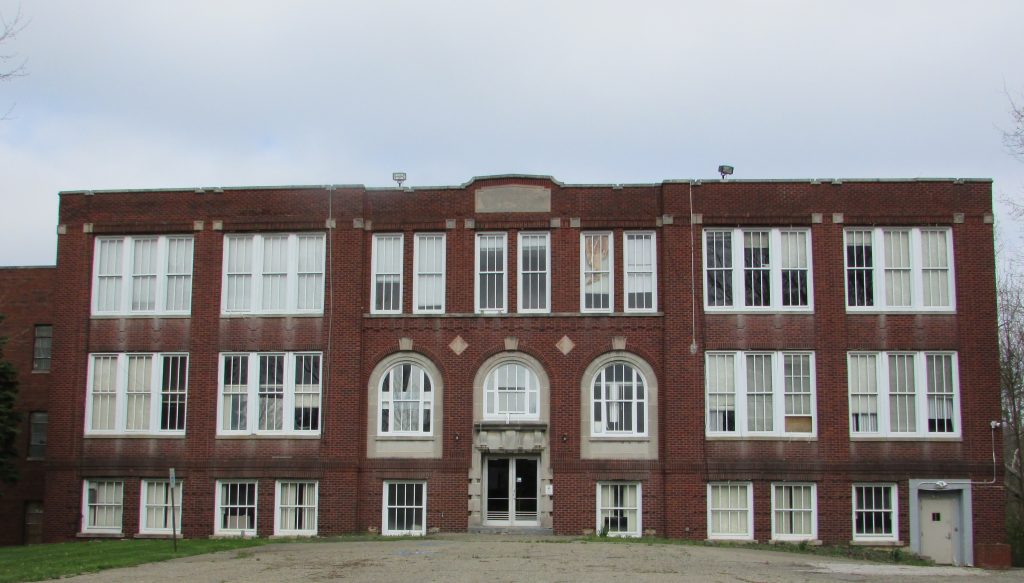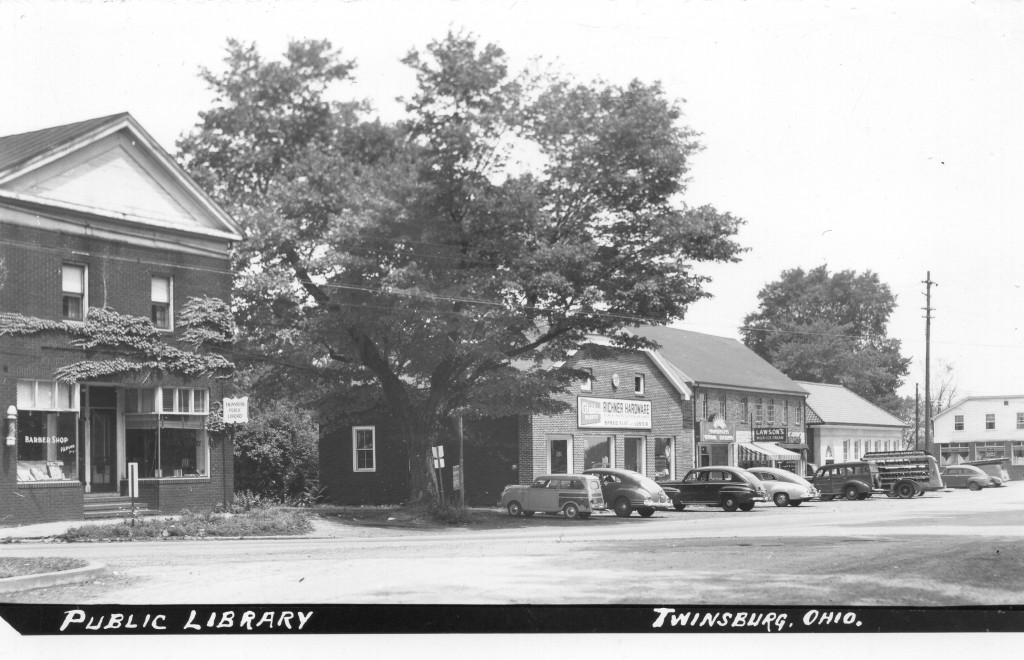It was almost an entire century after its inception before Twinsburg had its first bank. In 1911, E. O. Cristy made it widely known that he intended to open a bank, but few took his claim seriously. Sadly, he was not able to see his dream realized, as the bank he had worked to create opened a few months after his death. Cristy’s grit and determination paid off posthumously when the Twinsburg Banking Company finally opened on November 11, 1912, with C. E. Riley acting as president. The first customer was A. J. Brown, who stood patiently at the front door awaiting the initial opening of the bank in hopes he would have the honor of opening the first account for his grandson, J. C. Leland Brown.
The early years were difficult for Twinsburg’s fledgling bank. Sparse growth was a major concern. Adding to the instability of the bank, cashiers came and went at an accelerated pace. By the beginning of 1931, it was uncertain how much longer the Banking Company could remain in operation if business didn’t improve considerably. In March of that year a young banker named Lester W. Roxbury was hired as cashier. The hiring of Mr. Roxbury proved to be the elixir the ailing bank desperately needed. The young firebrand fearlessly forged a brave new path for the financial institution. No task was too small or great for Mr. Roxbury to perform if it would save the bank a dollar or add a dollar to its coffers. In just four years, under the helm of Roxbury, the bank’s resources grew from $241,000 to $350,000.
Growth and prosperity continued, and in early 1946 the Twinsburg Banking Company, which by this time had been dubbed “the biggest little bank in Ohio,” broke ground for construction of a large addition and a complete remodeling of their building. Resources had to climbed to the once inconceivable sum of $3,596,000. By the late 1950s the bank outgrew its original structure and a more modern building was constructed, featuring fourteen teller windows, a new safe-deposit vault, an employee lounge, and air conditioning.
Prosperity is not eternal, however, especially for the little man, or in this case the little bank. The rise of corporate banks rendered small banks such as the Twinsburg Banking Company nearly obsolete. On December 31, 1984, the Twinsburg Banking Company merged with First Merit Bank of Akron, signaling the end of little banks in Twinsburg.
